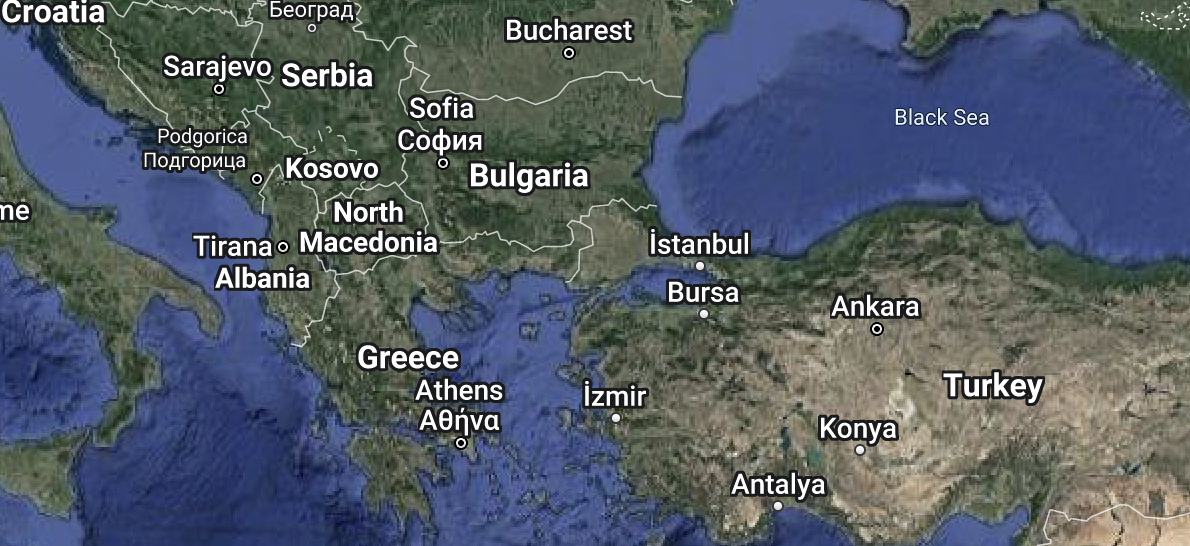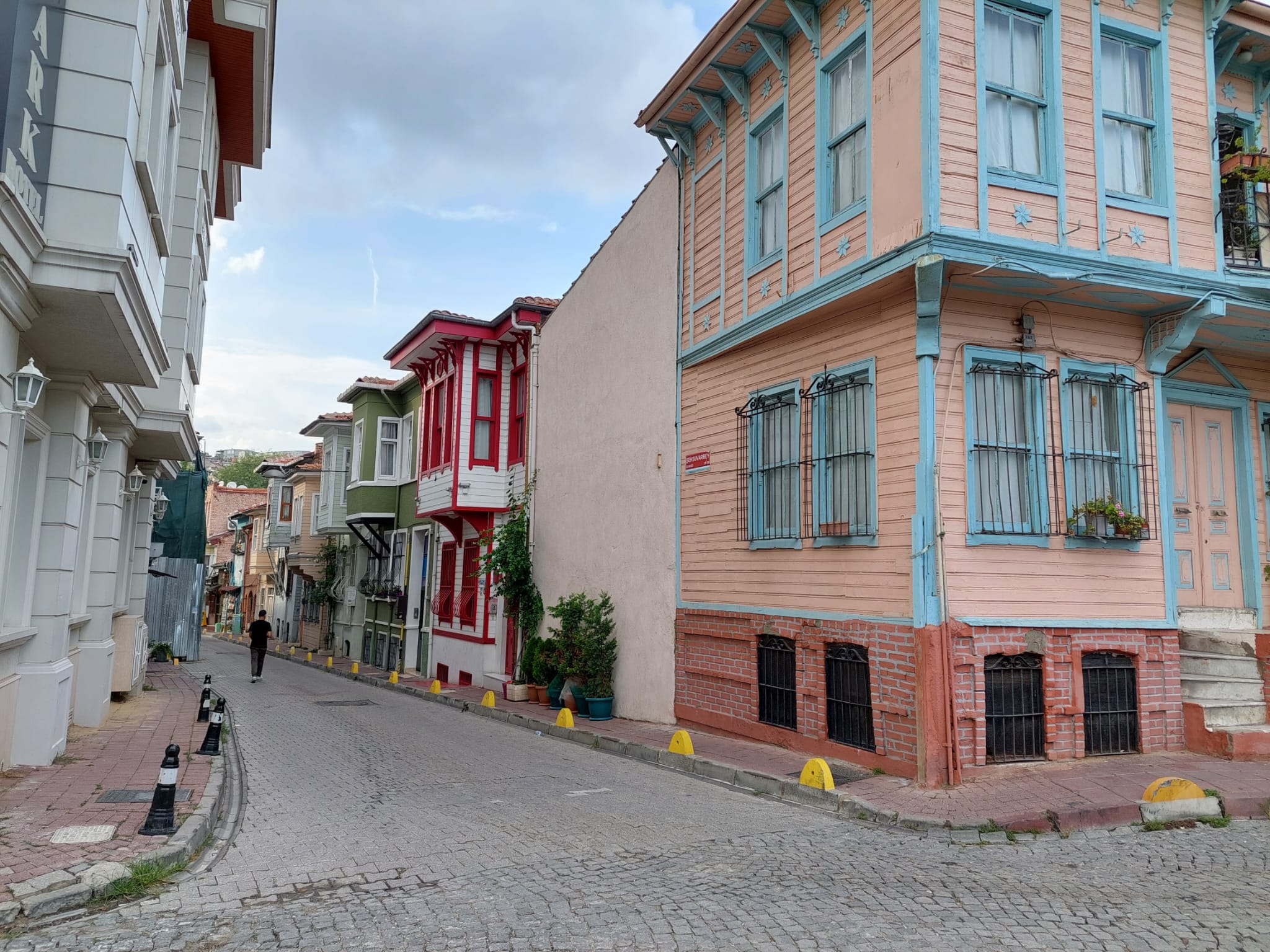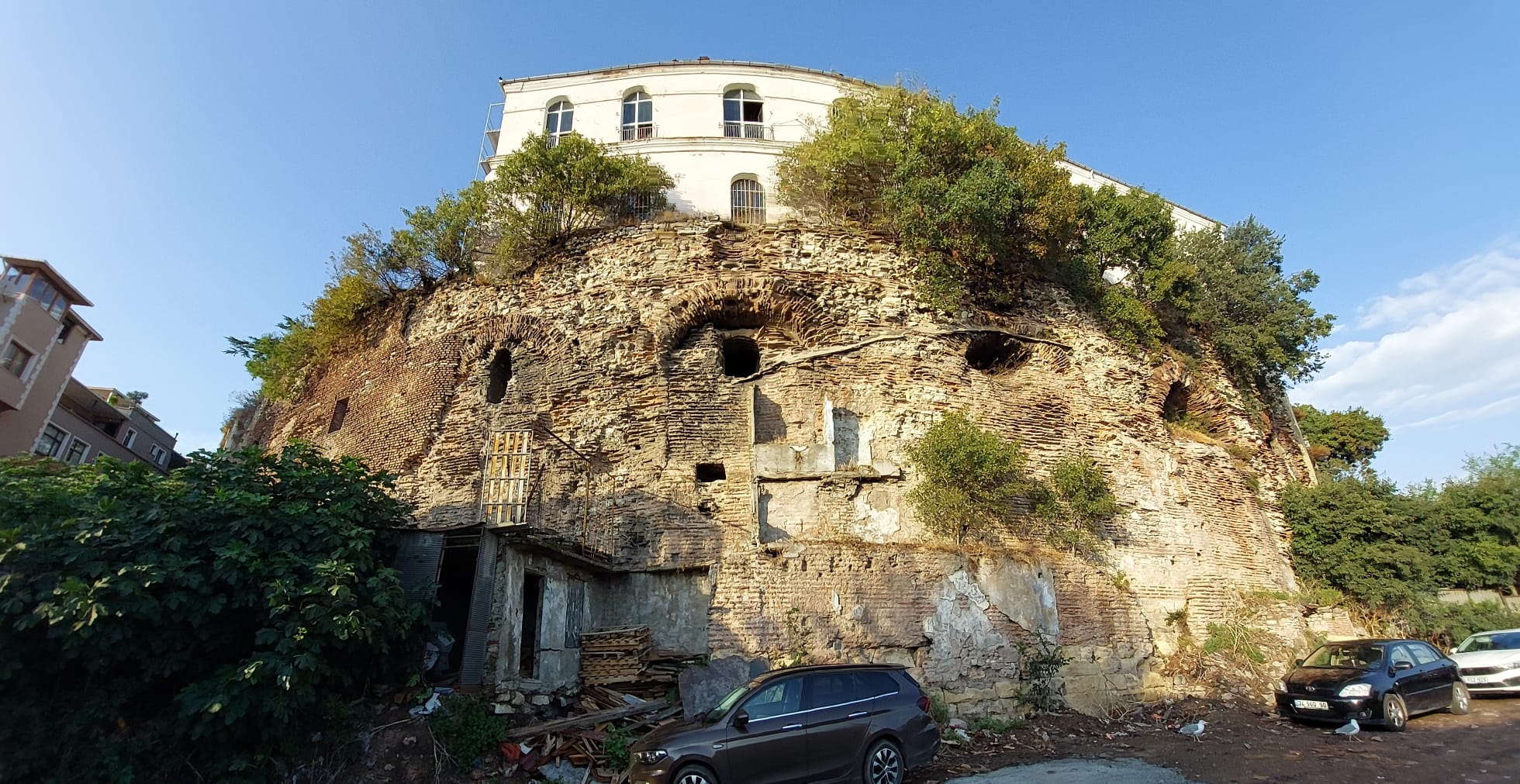

Istanbul is a colossal mound that has provided uninterrupted cultural
stratification from the Paleolithic Period to the present day. However,
Istanbul's process of becoming an "important" and "global" city began in the
year 330 when it was declared the capital of the Eastern Roman Empire
and was initially named Nea Roma. However, everyone started referring to
it by the name of its founder, Constantine, so it went down in history as
Constantinople. According to Westerners, it is a bustling and colorful city at
the crossroads of land trade routes, where money and exotic tales
converge, but above all, it is the first stop of Orientalist enchantment. For
Easterners, however, it is the administrative and power center of Southwest
Asia, surrounding the heart of the Mediterranean, cosmopolitan, colorful,
crowded, the main junction of trade networks, and a gateway to the West.
Therefore, it has always been alluring, evoking richness and encounters.
Those who come to this city from all over exchange their own stories along
with others', just as they exchange many other things. Today, the area
known as the historical peninsula served as the capital for both the
Byzantine and Ottoman Empires. One of the most significant differences
between Istanbul and many other cities is the diversity in both the physical
appearance and the societal structure of its districts. For example;
Sultanahmet is the part of the historical peninsula adorned with the most
magnificent structures. When it was registered as a UNESCO World
Heritage Site in 1985, it already had significant cultural stratification. Over
the past 35 years, it has increasingly become a tourist destination. Thus,
the region has been transformed by the tourism economy and is now filled
with accommodation facilities such as hotels, hostels, restaurants, bars,
and souvenir shops. One of the aims is to document other histories that
exist in the memory of the society living today. Besides the iconic and
ostentatious historical buildings of the region such as Hagia Sophia, the
Blue Mosque, and Topkapı Palace; Sultanahmet Square has had various
meanings through time for people. Some of the individual and communal
stories that have been overshadowed by those cultural assets are
documented.



